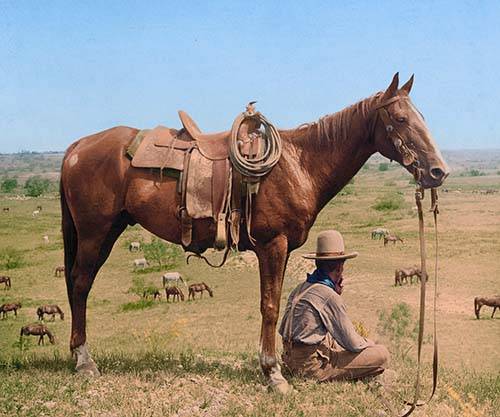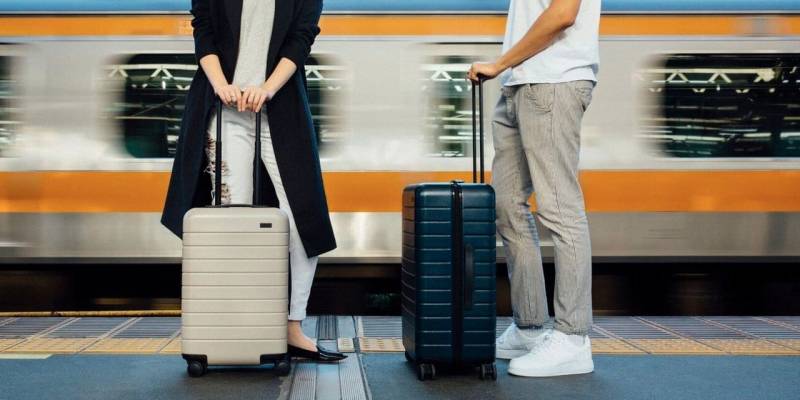In Dubai, experimental architecture firm ZNera Space has proposed a conceptual design featuring a massive five-story circular structure wrapped around the world’s tallest skyscraper, the Burj Khalifa – which towers at a staggering 829.8 meters (2,723 feet), almost double the height of the Empire State Building. The concept, known as Downtown Circle, weds community, luxury, and futuristic urban planning in a wildly ambitious design, which has been brought to life by a series of mesmerizing illustrations created in collaboration with Pictown, a company that specializes in architectural renderings.
ZNera Space’s principal architects, Najmus Chowdry and Nils Remess, envision Downtown Circle as a horizontal stroke against Dubai’s vertiginous, futuristic skyline of seemingly endless skyscrapers.
An ever-changing skyline
As compelling and radical a design the Downtown Circle may be, it is – for now – practically and financially implausible, Chowdry and Remess admit. “It was meant to be a conversation starter,” said Chowdry. “Something that could trigger people to rethink urban development, to rethink city congestion … We are promising the sustainable city.” “We were working on very important aspects that raise the discussion about how we are planning cities,” added Remess. “The reason we picked the Burj Khalifa was that it is in a very dense urban area, and we want to address the issues that accompany dense city populations.” The structure, intended to perch 550 meters (1,804 feet) above street level, would have a circumference of more than three kilometers (1.8 miles). The ring would be supported by five huge pillars – with their bases located in empty lots – that could potentially serve an additional purpose.

“We wanted to create a microclimate in Downtown and create a sort of envelope around the area to control the temperature and make it more liveable in hot weather,” said Chowdry. “You can use those vertical [pillars] as urban air purifiers.” The structure of the pillars could incorporate an innovative smog-filtering design created by ZNera Space, which was shortlisted for the World Architecture Festival 2018 award in the category of “Experimental Future Project.”
Sustainable design for the future
In Dubai, temperatures often exceed 40 degrees Celsius (104 degrees Fahrenheit), and the architects want their design to set a new benchmark for sustainability in the region. “The entire ceiling will be a stretch of solar panels,” said Chowdry. “What we also want to do is implement a technology that we have already used in a previous project, solar hydrogen cells.” This technology uses solar energy to convert water into hydrogen which can then power the air conditioning and provide energy to the building. “But then it’s supported by these columns and the circle ring,” he continued. “We chose to make it circular because it’s the most stable structural format.” The proposed Downtown Circle would weave residential space amongst commercial, corporate, and cultural areas to form a comprehensive “self-sustained city within a city,” said Remess. “If you live there, you can reach your office, or you can reach your park, or you can reach your home in a 15-to-20-minute walk. In Dubai, it’s hard to do that.”

The highlight of the design’s interior is a continuous green belt, dubbed the Skypark, which connects all five floors of the structure. “The Skypark is the central spine of the entire design,” explained Chowdry. “It will be a mixed-use green space and it will also act as a space to rethink how agriculture is going to happen in the future, especially in cities.” “If you look historically, first came agriculture and then we built the city,” said Remess. “Now we have kind of lost this concept. With this greenbelt inside the structure, we want to bring back agriculture and food production to the city center.” The concept is certainly attracting attention, but not all of it is positive. Since posting the mock-ups on the firm’s Instagram page, some commenters have said that the design could destroy the fabric of the downtown district.



